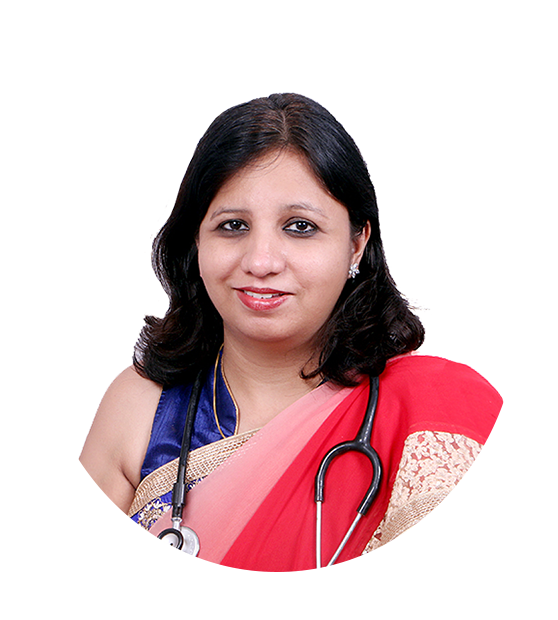The normal onset of ovulation is about 14 days before a woman’s period starts. However, this is not the same for all women. Some women may ovulate earlier or later in their cycle. Let’s learn about it in detail.
What Is Ovulation?
Ovulation refers to the release of a mature egg from an ovary during the menstrual cycle. This is a crucial event in the process of conception, as it is the only time that an egg is available to be fertilised by sperm. When released, the egg gets transferred to the fallopian tube and stays there for 12 to 24 hours. Matured eggs can also get fertilised in the fallopian tube if the sperm is available. If the egg is not fertilised, it collapses, and the uterus lining is shed.
Ovulation generally occurs on the 14th day of the menstruation cycle. The release of the egg happens after the follicle-stimulating hormone (FSH) causes its maturation. Luteinising hormone (LH), released by your body, plays a key role in the release of eggs.
What Are the Symptoms of Ovulation?
Every woman must know about their ovulation and menstruation cycles. A proper reproductive cycle indicates a healthy reproductive system; a woman can determine ovulation by herself. Let us know the symptoms of ovulation.
Before ovulation, you may notice clear vaginal secretions. If ovulation is over, you may have thicker and cloudy vaginal secretions that are less noticeable. Your basal body temperature, i.e., the temperature of your body when you are at rest, increases a bit during ovulation. You can record your body temperature using a thermometer. The chances of conception increase 2 or 3 days before the body temperature rises.
Spotting, tenderness in the breasts and ovaries, pelvic discomfort, and pain in the abdomen are some symptoms women experience during ovulation. But these signs are secondary in tracking the ovulation cycle. Only some women experience these.
Ovulation predictor kits are used to track changes in the hormonal levels that increase before ovulation. It is an over-the-counter option to track ovulation. It can be helpful for couples trying to conceive.
What Is the Menstrual Cycle?
A woman’s reproductive system keeps on cyclically preparing for pregnancy. A cycle of changes in the body each month leading to ovulation occurs. Pregnancy can occur if the released egg gets fertilised by sperm.
A menstrual cycle lasts around 28 days and begins with menstruation, the first day of the period, and starts again with the next period. The uterus gets prepared for pregnancy due to hormonal changes, and unsuccessful pregnancy causes the removal of the uterus lining, leading to menstruation. The menstruation lasts for 5 to 7 days.
After menstruation, there is a follicular stage. In this phase, follicle-stimulating hormone (FSH) causes the egg to grow, oestrogen is produced at this level, and a mature egg emerges. This phase may last for 13 to 14 days.
Ovulation is the phase in which the ovary releases the mature egg. It is an important phase for couples looking forward to pregnancy.
After the ovulation phase, the luteal stage begins. It typically lasts for 14 days if you have a regular 28-day cycle. In the luteal phase, the corpus luteum prepares the womb for the incoming embryo. If pregnancy does not happen, then menstruation starts again due to decreased hormone levels.
Conclusion
Ovulation is a crucial part of the menstrual cycle. Tracking ovulation may help you to achieve and prevent pregnancy. A healthy reproductive woman should have a near-accurate menstrual cycle, and every woman should be aware of all possible irregularities and problems.
